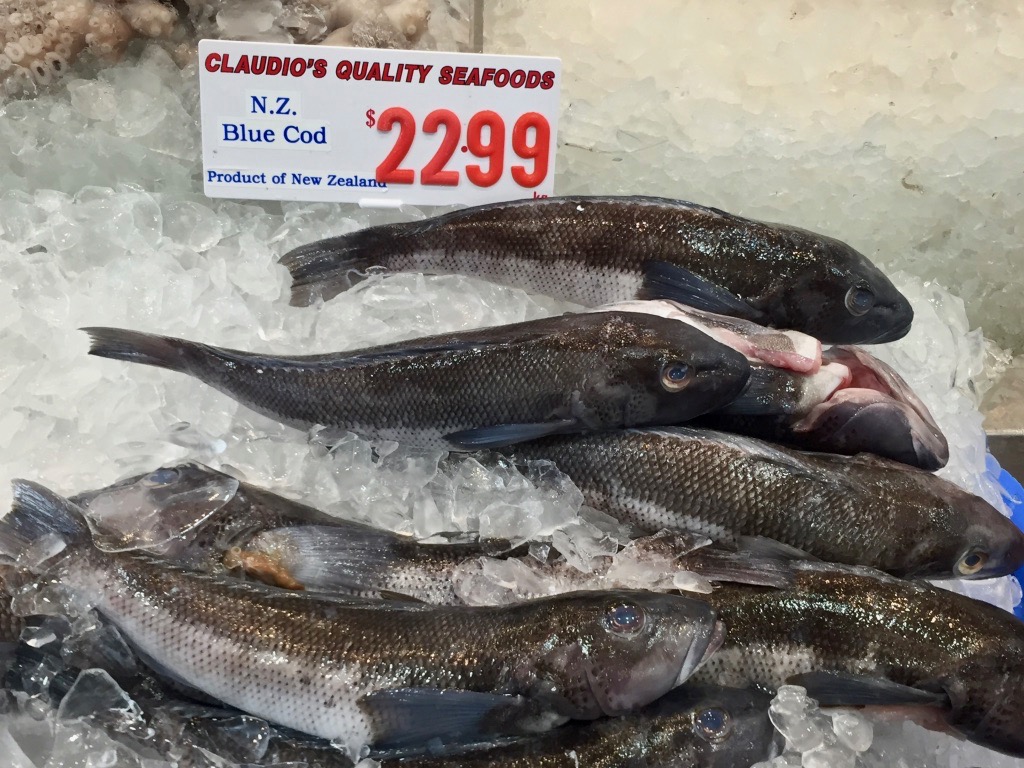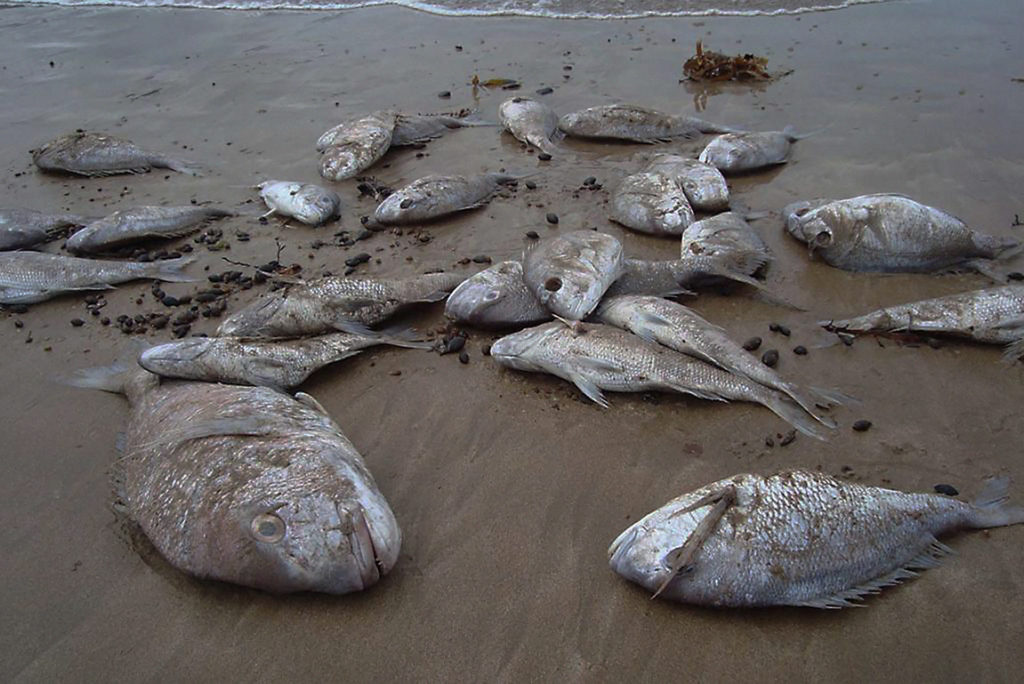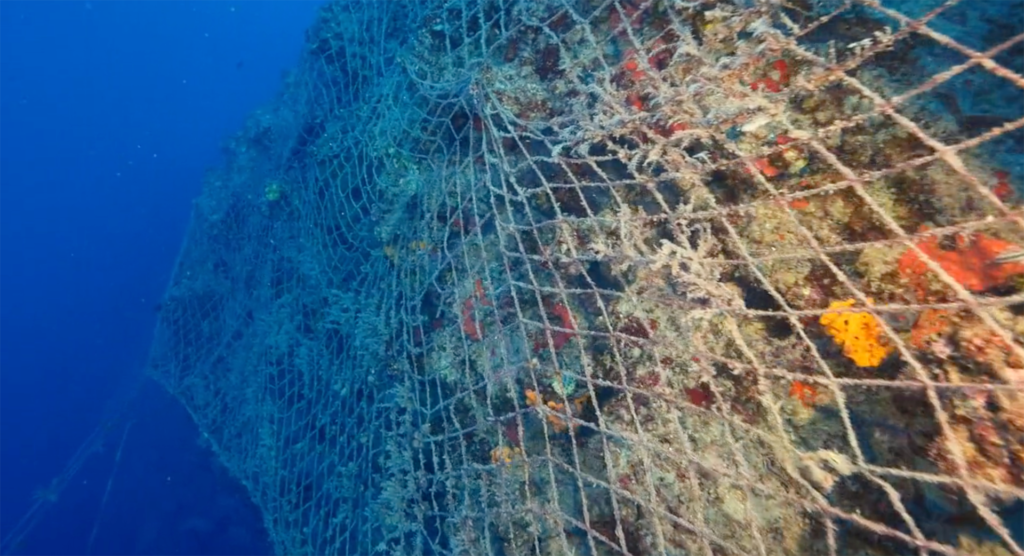Our marine environment is facing a crisis of mismanagement and a collapse of governance due to the Quota Management System or QMS.
Environmental damage
Bulk harvesting of fish stocks has depleted fish stocks, damaged New Zealand’s coastal ecosystems and reduced biodiversity.
The Quota Management System enables the use of bulk harvesting methods as a means to reduce catching costs and increase profits for quota owners, while ignoring the full environmental impacts from their use.
The environmental degradation caused by decades of trawling and bulk bottom contact fishing has reduced most of the inshore inshore grounds to soft sediment. This sediment is easily re-suspended and spread further afield with each passing trawl. This re-suspension of sediment prevents rehabilitation of the seabed and reduces fish habitat. Ongoing habitat destruction will deny future generations access to a healthy marine environment.
To rebuild and revitalise coastal ecosystems all mobile bottom contact fishing methods such as trawling and dredging must be banned from inshore waters, out to 12 nautical miles or the 200 metre depth, whichever is furtherest from the shoreline.
We must ban these destructive methods from inshore waters. To do this we must replace the Quota Management System with a simple system that limits destructive fishing methods and prioritises the need for more fish in the sea.
Declining fish numbers
For decades New Zealand has relied on a policy of maximum sustainable yield, that is enabling as many fish as possible to be exploited every year. Years of effort by non-commercial fishing and environmental interests to have more conservative management have been thwarted by quota owners. 78% of all quota is now owned by 10 entities and they form a powerful lobby who influence management decisions, ensuring maximum catch levels which depletes vulnerable fish stocks.
As stocks deplete the marine environment becomes less productive and biodiversity is lost. This further reduces the ability of the marine environment to support healthy fish numbers. Many fish stocks are now well below the level that provides for the community’s social, cultural, economic and personal well-beings.
And, marine ecosystems are being degraded by the continual use of bulk harvesting methods, all in the pursuit of profits for quota owners. Now, our inshore fish stocks are over exploited, with many facing a crisis of depletion.
In Hawke’s Bay, a decade of boat ramp surveys shows that it takes recreational fishers on average two days to catch a tarakihi, seven days to catch a trevally, and an average of three day’s effort to catch five gurnard. Hāpuku and bass have disappeared from many offshore reefs.
John dory, tarakihi, gurnard, pōrae and trevally were traditional catches in the Hauraki Gulf. Today they are a rare, but welcome catch. Crayfish stocks in Gisborne, Bay of Plenty and Hauraki Gulf waters are delivering similarly poor results for public fishers.
Traditional catches of kahawai at the Wairau River mouth in Marlborough and the annual gathering at the Motu River in the Bay of Plenty are distant memories, captured only in pictures. Māori in many areas struggle to fulfil their cultural obligations to feed their visitors due to the lack of fish.
The vast surface schools of kahawai that used to frequent coastal bays and harbours have been purse seined into history. The loss of surface schooling fish means bait fish are not being driven up to the surface and made available for foraging seabirds.
In less than a generation once-abundant inshore ecosystems are now depleted and degraded. This depletion means lost productivity, abundance diversity and resilience. Depletion also creates unnecessary conflict between various interest groups as each seek to access the remaining fish.
Declining fish availability and biodiversity has also led many coastal communities to seek out alternative solutions, outright fishing bans, marine reserves or limiting commercial fishing by applying Māori customary management tools.
The Rescue Fish reform package is an effective, holistic solution to addressing declining fish numbers and biodiversity loss.
Low value exports (food insecurity)
Commercial fishing in New Zealand remains fixated on commodity trading. This is a serious flaw given our distance from and reliance on foreign markets.
While consumers can pay up to $40 per kilo for fish in the supermarket, huge quantities of New Zealand’s fish are exported for less than $3.00kg. Around 90% of all commercial catch is exported.

Bulk harvesting methods such as purse seining and trawling produces a low quality product unsuitable for any value-add investment. This product is subsequently exported fetching low commodity prices in wholesale markets.
A study of Statistics New Zealand shows that returns from fish exports are not growing. The figures show commercial fishing’s contribution to the national economy is small.
The economic returns to private companies needs to be considered alongside the cultural, social, economic benefits of having more fish in the sea and available to New Zealanders.
As protein becomes more expensive our community needs greater access to healthy sources of protein, including our wild fish. Currently, families are losing access to nutritious food. The resulting diet related diseases increases the burden on our health system.
Sustenance fishing is prevalent in regional areas where there is limited access to retail outlets. Many Kiwis depend on fishing to feed their families, so ample numbers of fish need to be available in local waters.
Rescue Fish means giving priority to local, healthy and culturally valued food.
The decline of regional and small-scale fishers
A visit to any fishing port in the country will reveal a diminishing and aging fleet of inshore small-scale fishing operators struggling to survive.
The loss of these operators and their traditional role as a guardian of the sea impacts on how local fisheries are exploited. That is because each fisher that leaves the industry takes years of experience with them. Also, because it paves the way for larger bulk harvesting vessels from the bigger centres to target local waters. Fishers from these distant ports are removed from the effects of their fishing and the prospect that their own children may fish the area in future years.
Locally and nationally there is an obvious lack of innovation and value creation in the commercial fishing industry. Much of this can be attributed to the way the Quota Management System has evolved. Investors own most of the quota fishing rights, 78% of all quota is now owned by 10 entities.
Many small-scale fishers rely on leasing quota. The fees charged are so high that it removes any incentive or ability for these fishers to create value or innovate.
Nowadays, most small-scale operators do not have the freedom to innovate, they are instead bound to the demands of the quota holder and the fish receiver. A recent example is a commercial longliner north of Auckland who pays $4.50 per kilo for bait while earning $4.30 per kg for his catch from the fish receiver.
Some corporates are even exporting jobs, sending fish to China for processing before on-selling to markets, including back to New Zealand. This practice denies Kiwis job opportunities.
Dumping
There is large-scale dumping occurring in commercial fisheries. A 2016 report of New Zealand’s catch between 1950 and 2010 conservatively estimated that 14 million tonnes of fish was dumped. That’s enough fish to feed Kiwis for 125 years.
Most of this wastage is thought to have occured in the deepwater fisheries using foreign vessels, however some was occurring inshore. Investigations by Government officials revealed some inshore vessels were dumping between 20% and 100% of quota fish caught in every trawl. Despite the evidence, no prosecutions were made.

In 2014 the Director of Fisheries Management acknowledged that discarding (dumping) was an issue that officials had not been able to overcome since the introduction of the Quota Management System in 1986.
The Director was quoted in an independent report as saying, “We estimate that if we found the golden bullet to stop discarding, we would probably put over half of the inshore fleet out of business overnight through lack of ACE availability to cover by-catch”.
During our research and talking with a range of experts, we found that dumping has proved to be an unsolvable problem for quota fisheries in New Zealand and overseas. It is an inescapable outcome of managing fish stocks by quotas and only measuring what is landed at the wharf.
Rescue Fish proposes a range of solutions to address the serious issues of dumping, wastage and inflexible quota management.
